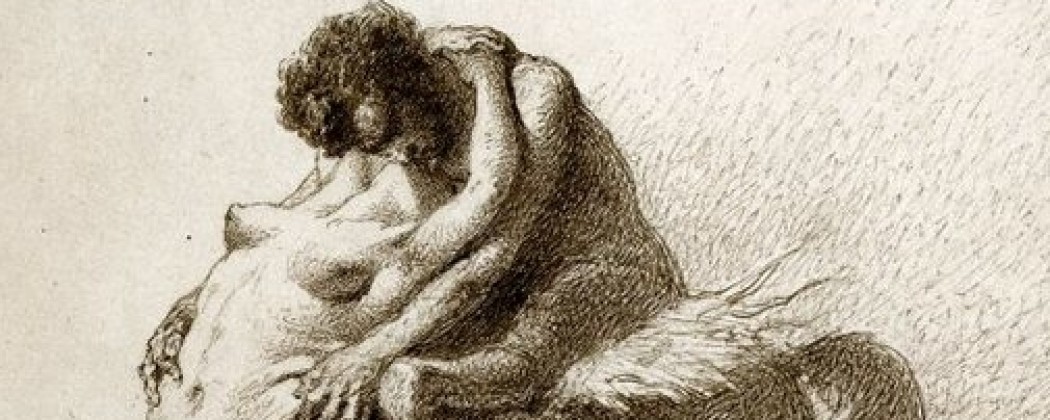
Mihaly Zichy (1827-1906) was a Hungarian painter living and working in Russia. In his twenties, Zichy gained popularity with paintings on religious and medieval themes and was invited to the Russian court as a drawing teacher of princess Ekaterina Mikhailovna. However, what brought him to the court, later almost wiped his court career out.
Too Liberal
When Zichy created a portrait of Batthyany, who was a leader of the Hungarian government during the local revolution and took the side of revolutionaries, his views were considered as too liberal. In the 1850s, Zichy had to earn his living working as a retoucher. His reputation was partly restored by French poet Theophile Gautier after the latter had dedicated to him a chapter from the book “Voyage en Russie” (“Travel to Russia“).
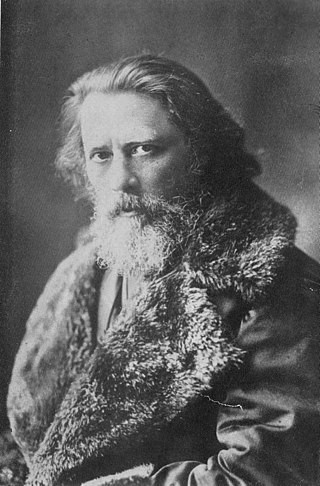
Fig. 1. Mihaly Zichy, 1881. (Wikipedia.org)
Praise of Gautier
The poet was so amazed by Zichy’s watercolors that he wrote the whole chapter observing his works along with the Moscow Kremlin, the Winter Palace, and the Isaakievsky cathedral in Saint-Petersburg. “Florentine Orgy” was the first painting that impressed Gautier (we didn’t find it on the web and replaced with a close analog “Merrymaking”):”There was a depiction of a Florentian orgy of the 16th century. Noble seniors, true satyrs, ancient pieces of the past elegancy, were finishing their supper with young courtesans. Jars, vases, bonbonnieres, boxes with flavor, which were created by great Benvenuto Cellini, sparkled on the empty and messy table, wine leftovers shone like rubies, fruits with their leaves, which hadn’t withered yet, rolled down the enamel trays.
Tiresome
The painter had an intuition for the true pictorial art and could curve the human body at any angle, in a way that even the model couldn’t show herself with that great easiness to which only genuine masters are destined. Everything was excellent in terms of the color, the idea, the stroke, the skill. With a light but timely stopped touch of a caricature as, however, the fine art is a solemn phenomenon, but a motionless expression is tiresome.”

Fig. 2. “Merrymaking”, Zichy (pictify.saatchigallery.com)
The Knight in the Painter’s Skin
1859 Zichy was appointed to the position of the court painter. Until 1873, he stayed on as an artist who specialized in depicting the royal family. At this period, Zichy founded a society to support painters in need as he remembered the late 1840s when he lacked money himself. After 1873, he traveled around Europe and painted large pictures for the European authorities and world exhibitions. In 1881, when Zichy was in Georgia, he was commissioned to create illustrations for the poem “The Knight in the Panther’s Skin” by Shota Rustaveli. The epic writing struck Zichy so much that he refused to take payment from commissioners after finishing his work, which consisted of 35 pictures.
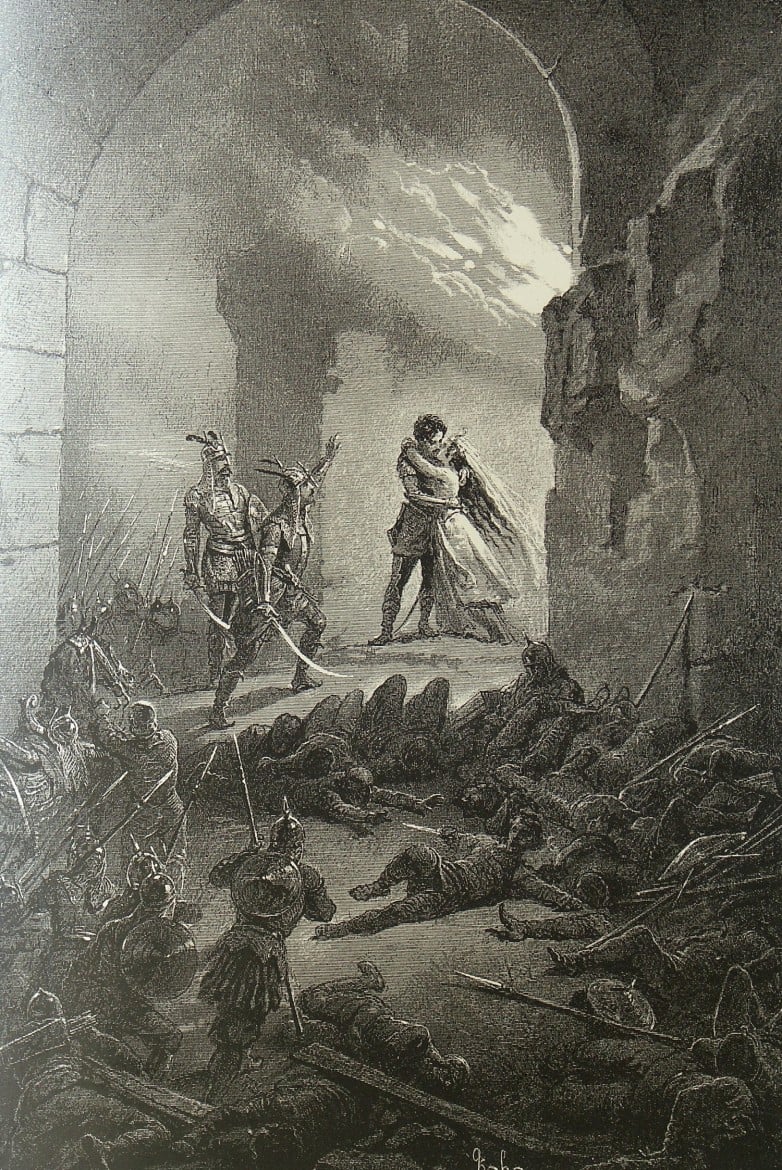
Fig. 3. Illustration for Rustaveli’s poem, 1880s
The Sensual Synopsis of Life
Zichy’s pictorial legacy includes numerous works on a sensual theme. In his drawings, the artist shows how erotic tension goes through human existence from the infancy to late years, which makes these images close to shunga pictures. We can see here different variations of sensuality, sometimes, very grotesque like pedophilia. However, the most memorable and beautiful pieces have a mythologic ground. We mean copulation of two centaurs of different genders, which can be rarely seen in art (fig. 4). The rape scene with a centaur and a woman (fig. 5) probably has its’ origin in a well-known Greek story about the abduction of Deianira, who was a wife of Hercules, by centaur Ness. Hercules killed Ness with his poisonous arrow, which you can see in the picture. The series of erotic pictures by Zichy displays Eros, though in a satiric way, as a universal power that rules over reality and fiction, young and old, kids and adults, males and females.
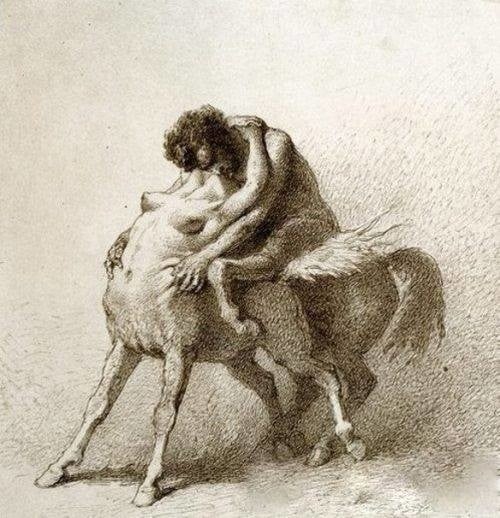
Fig. 4. Coupling centaurs
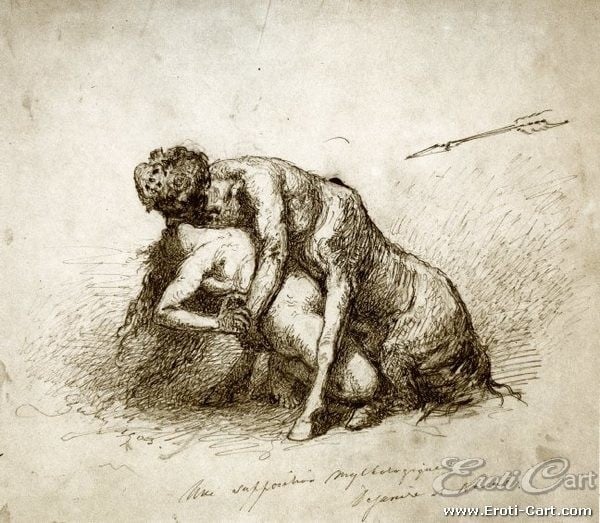
Fig. 5. Deianira and Ness (in inscription below the name “Dejanire” can be read – erotic-cart.com)
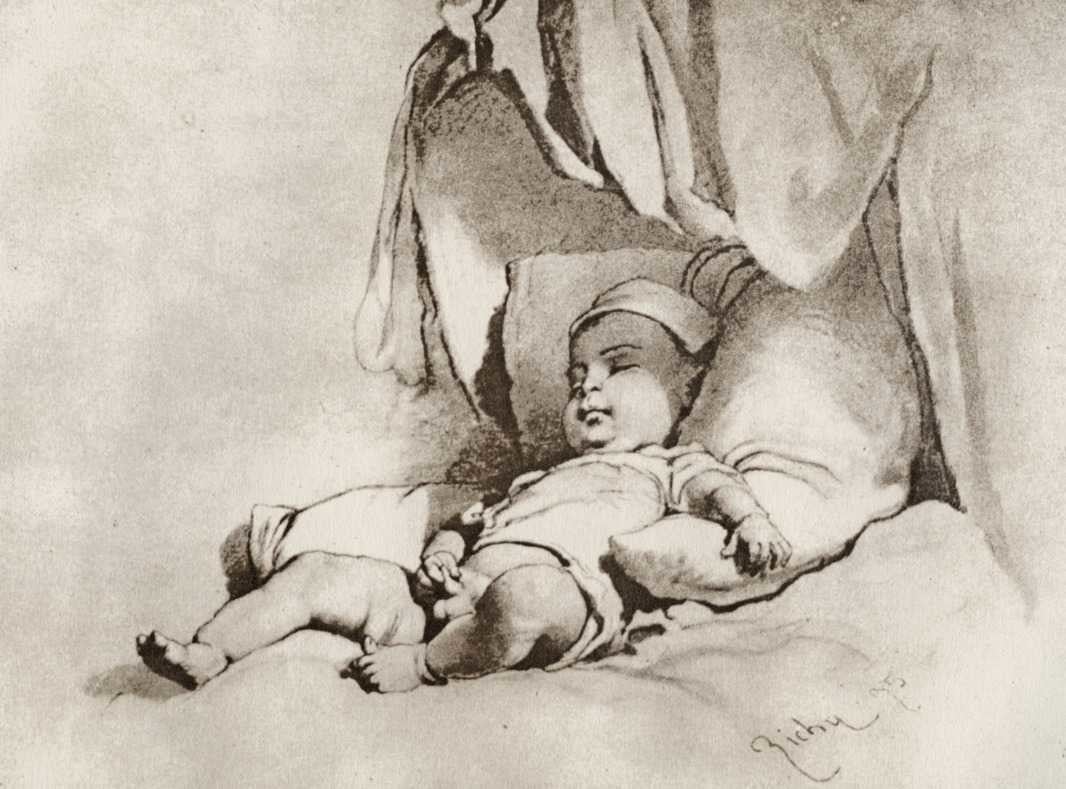
Fig. 6. Sleeping infant holding his penis*
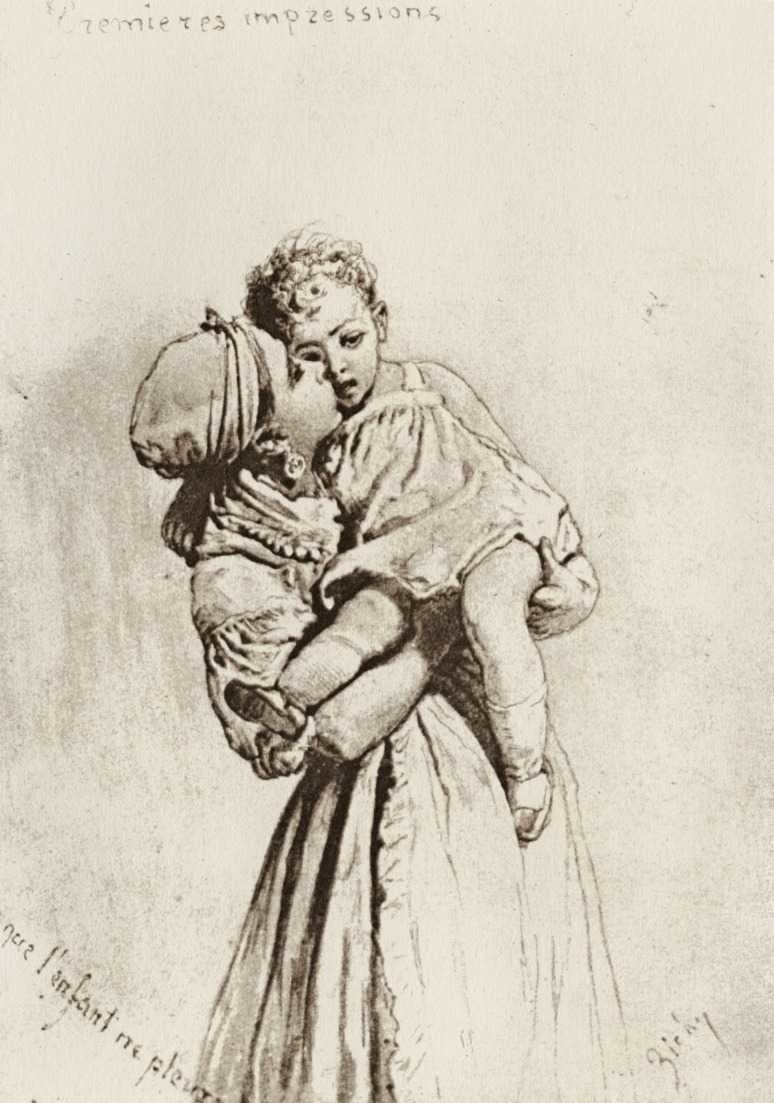
Fig. 7. “First impressions”
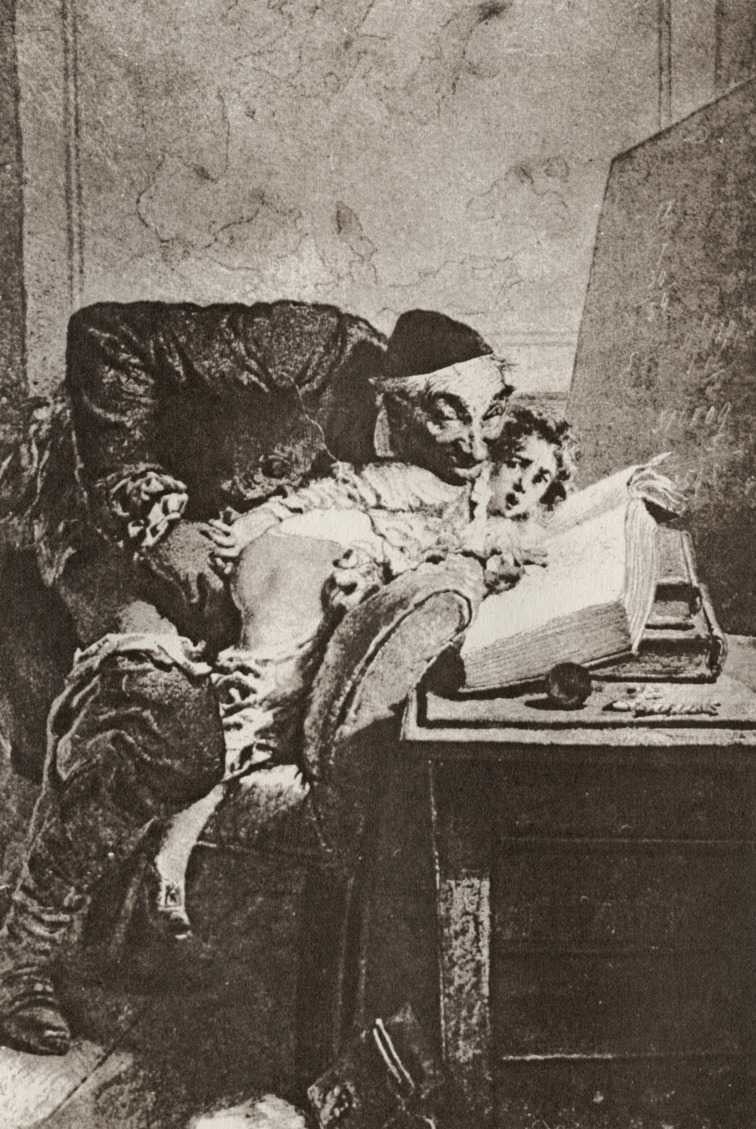
Fig. 8. “Horny old man with a child”
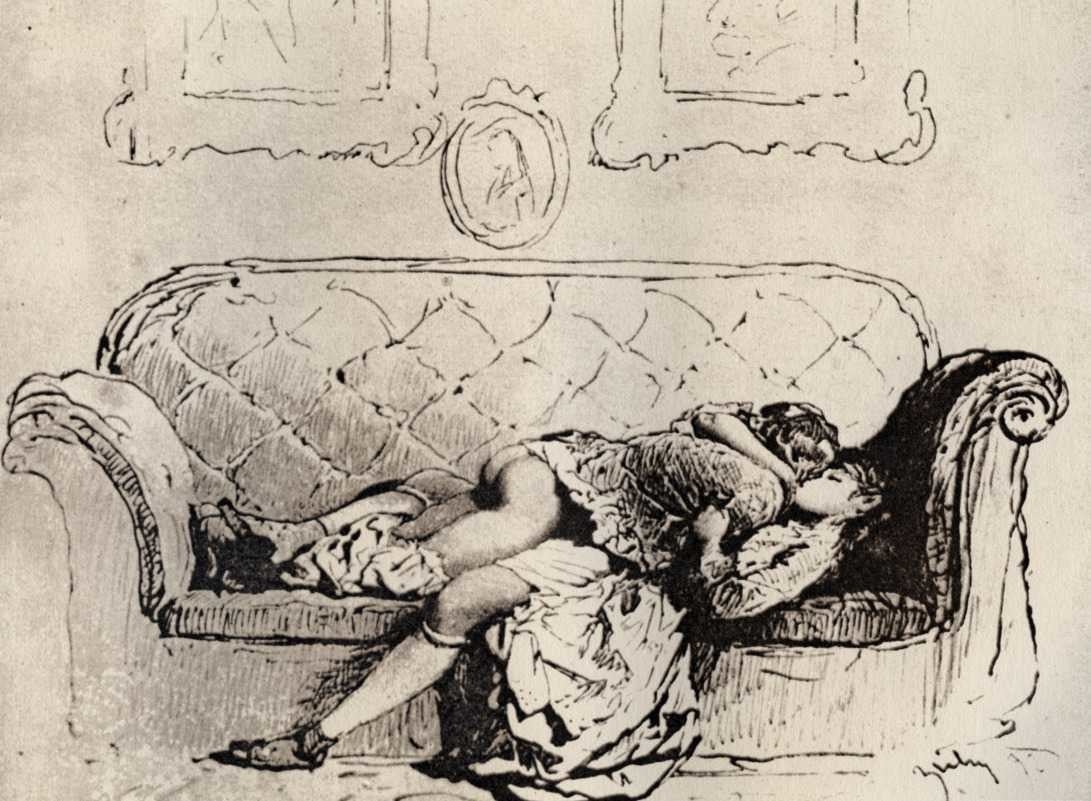
Fig. 9. “Copulating kids”

Fig. 10. “Old lady doing a blowjob to a boy”
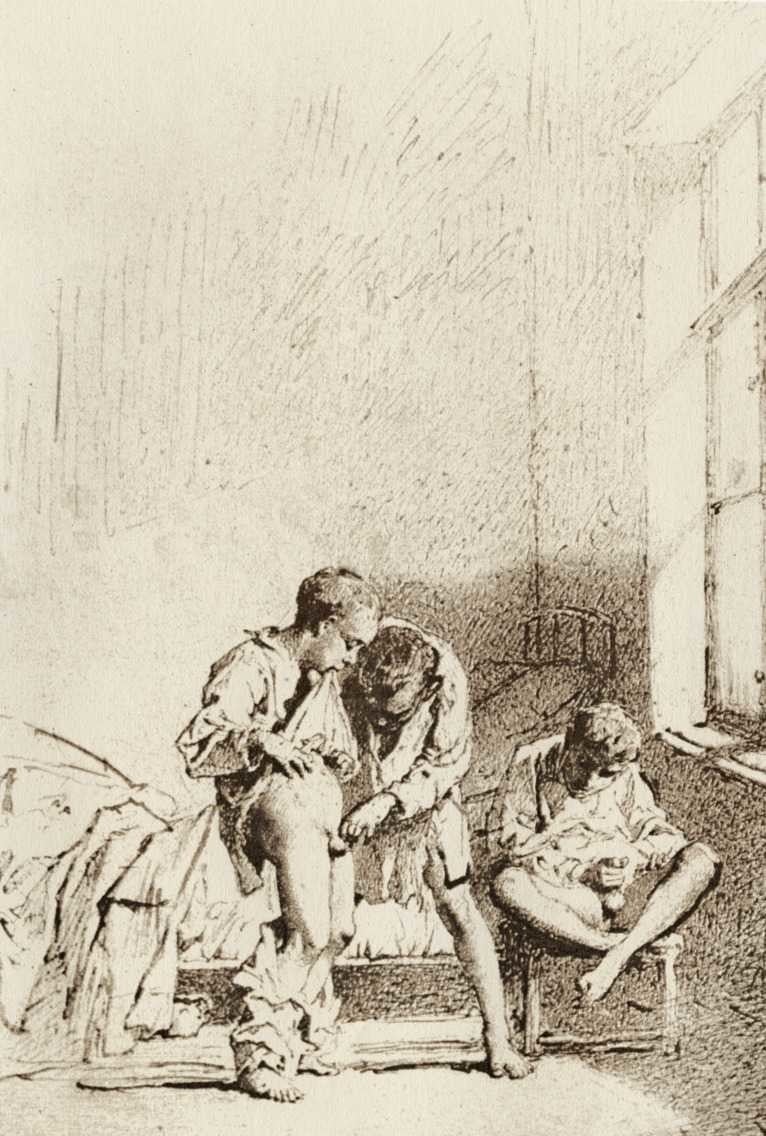
Fig. 11. “Young boys masturbating and exploring each other”
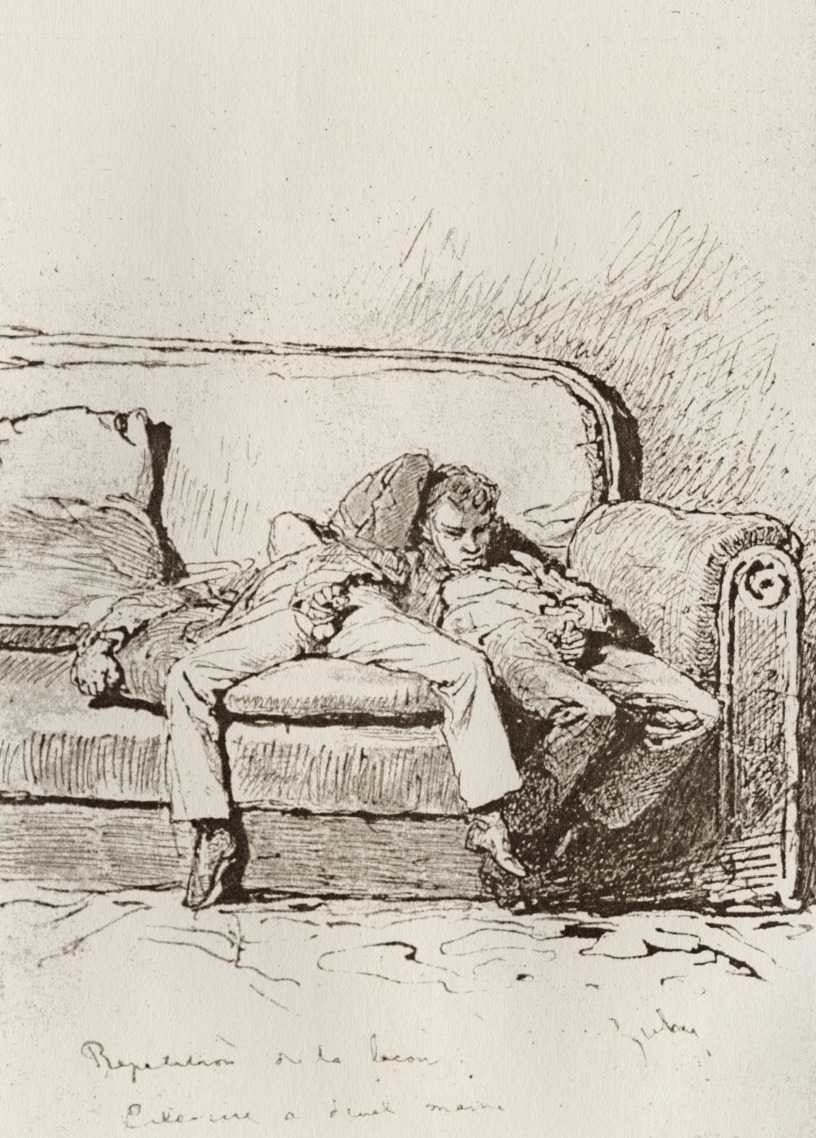
Fig. 12. “Adolescent touching himself and his friend”
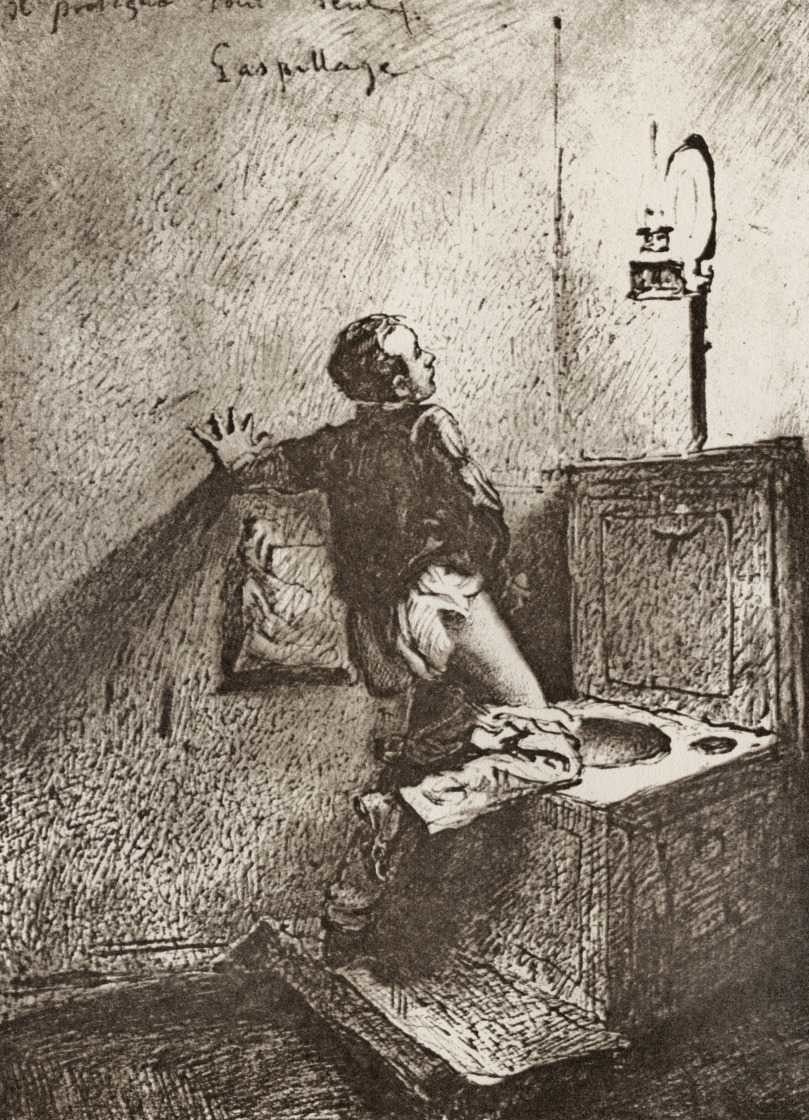
Fig. 13. “Young man masturbating at the toilet.”
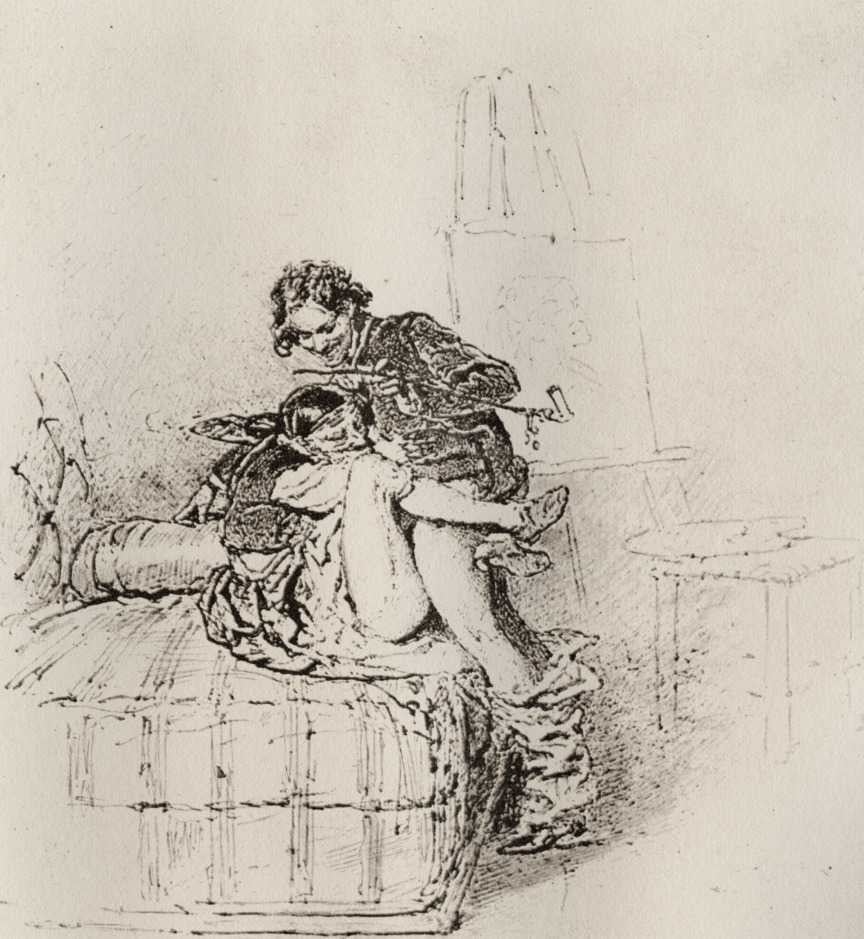
Fig. 14. “Young man copulating with an old woman”
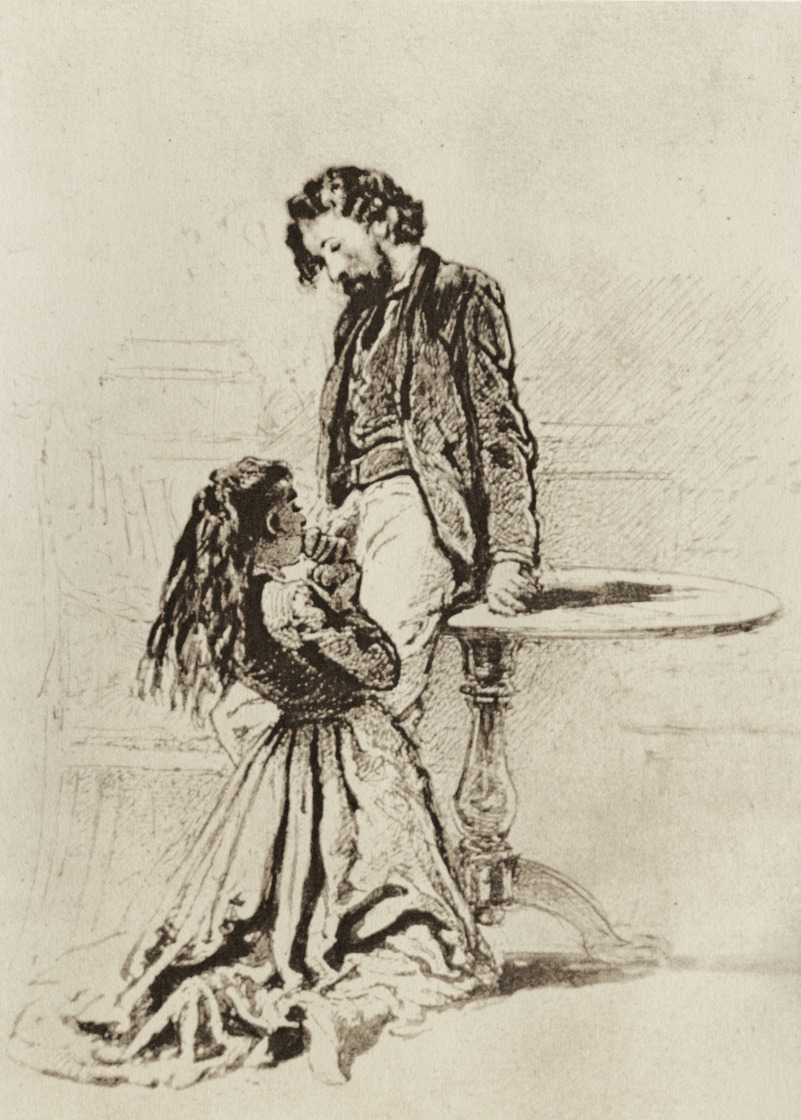
Fig. 15. “Maidservant doing fellatio”
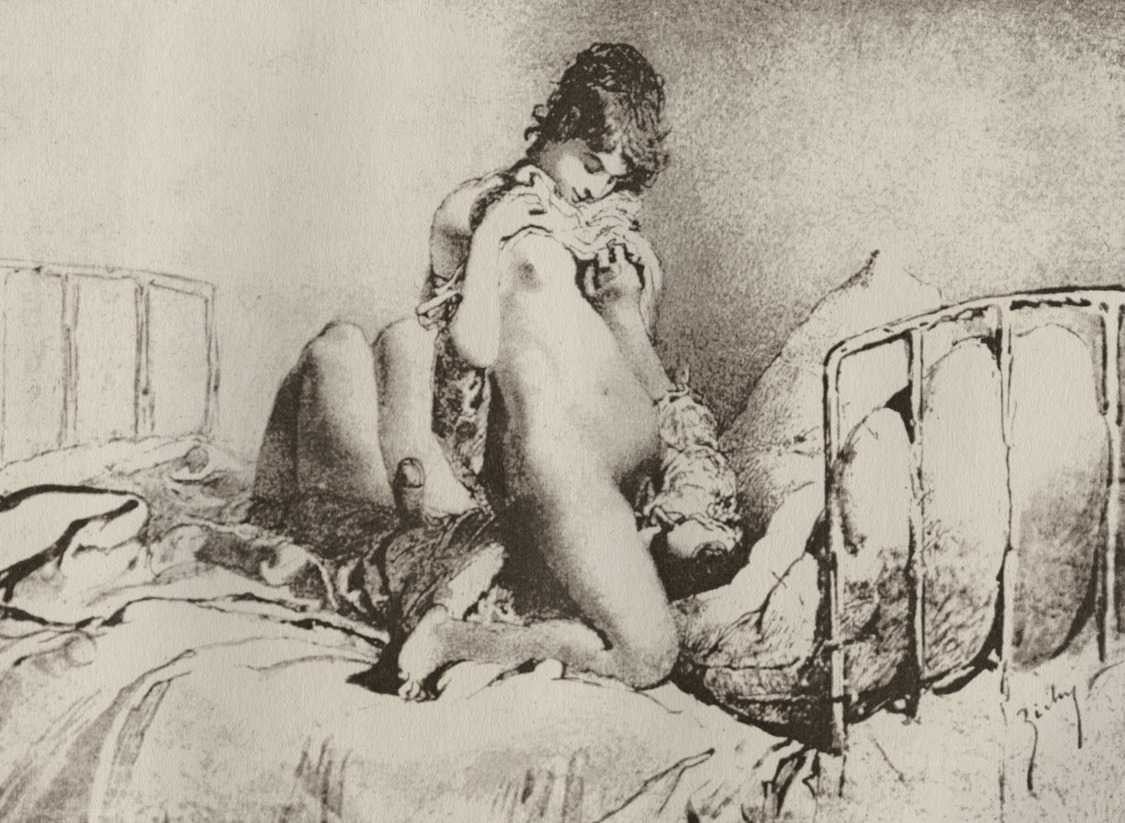
Fig. 16. “Man performing cunnilingus”
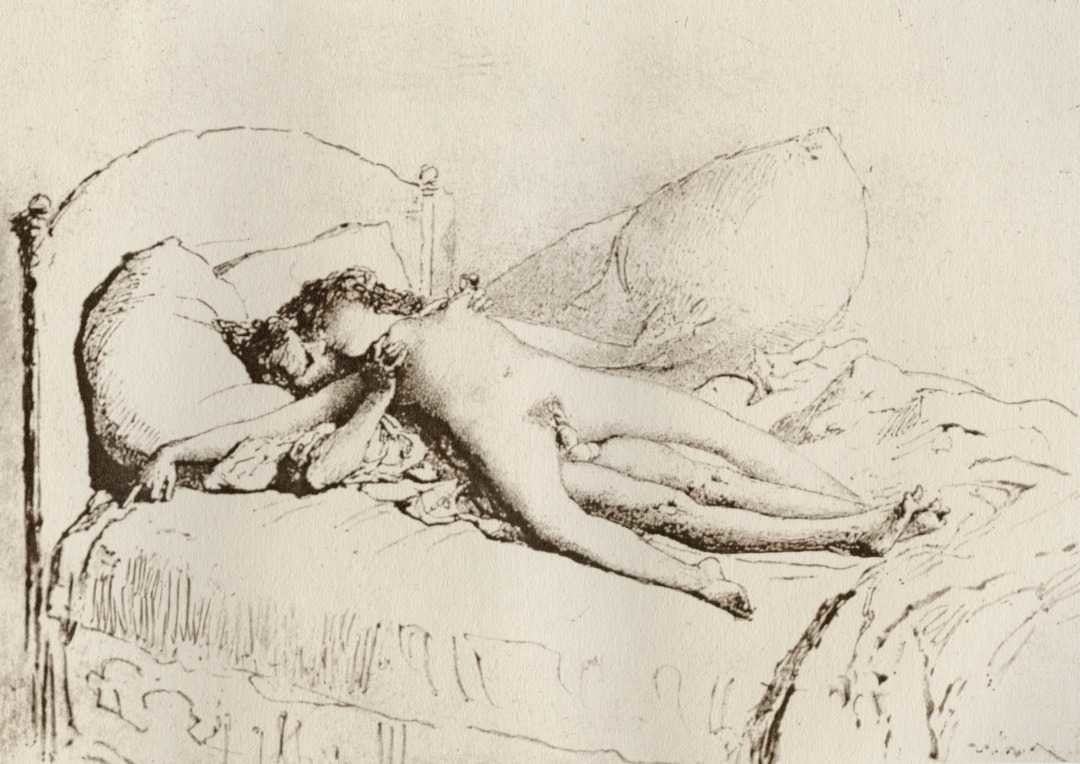
Fig. 17. “Reversed lying cowgirl position”
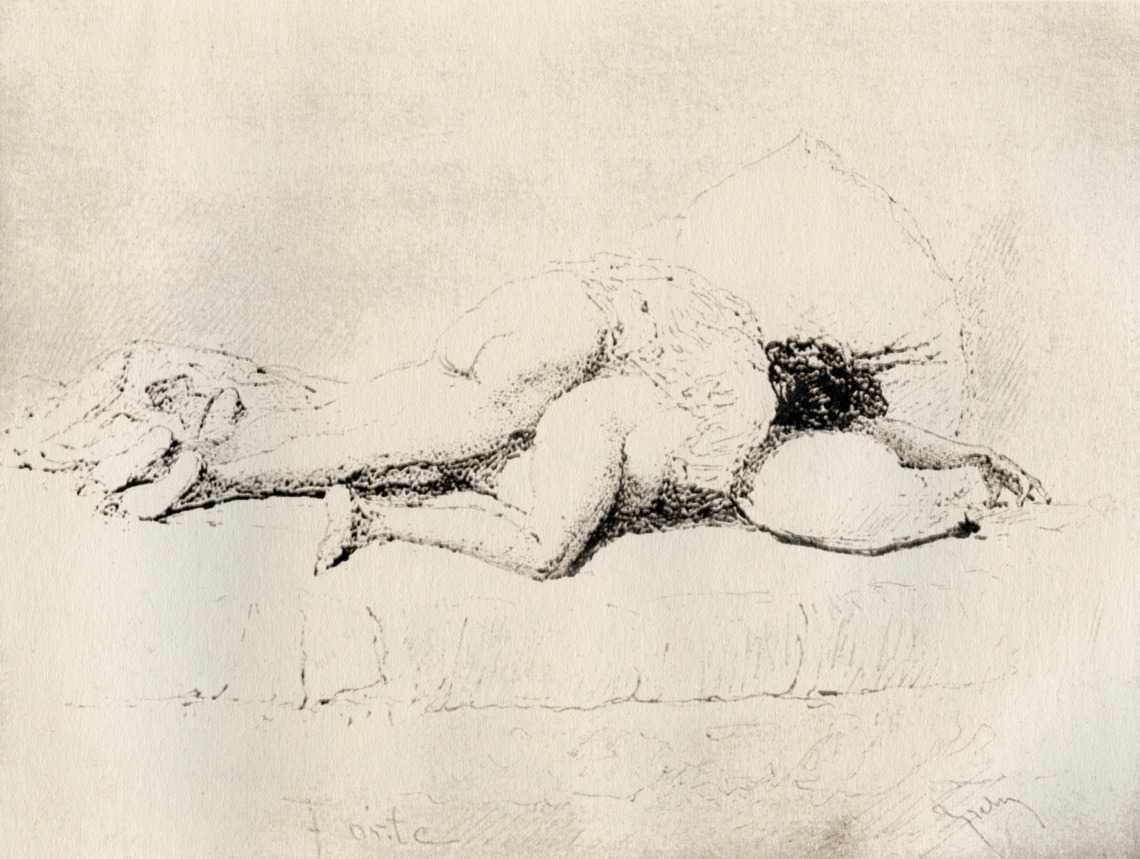
Fig. 18. “Lying doggy-style”
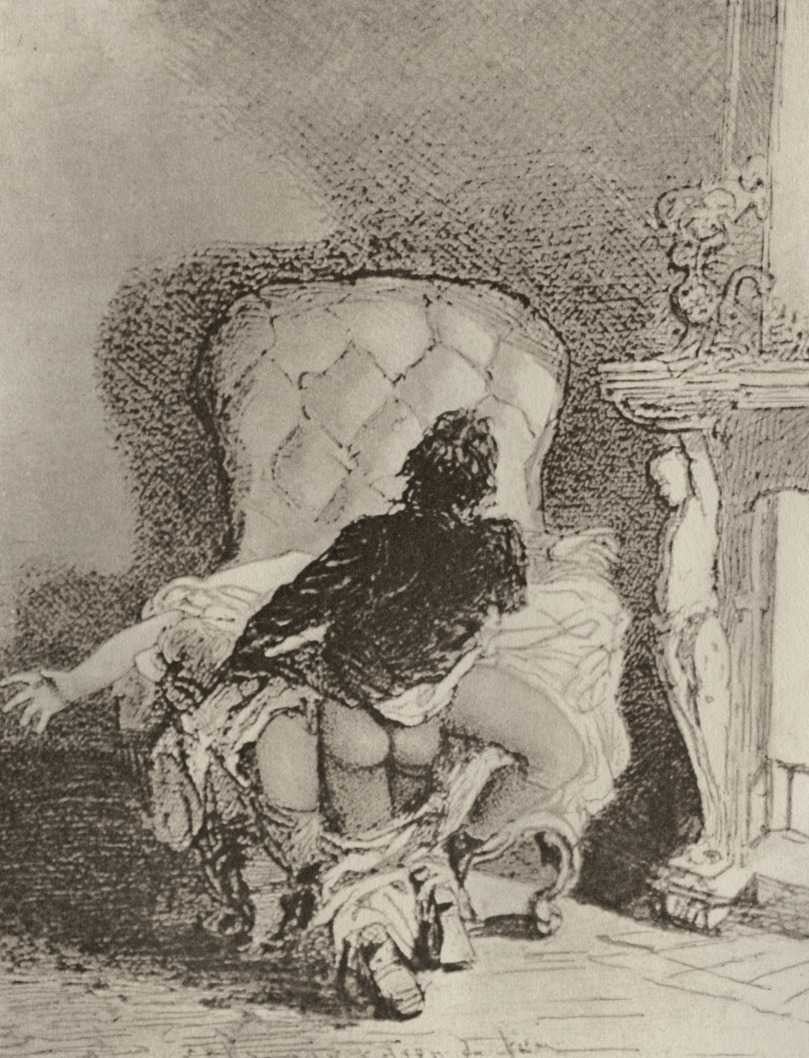
Fig. 19. “Missionary (man standing on the knees)”
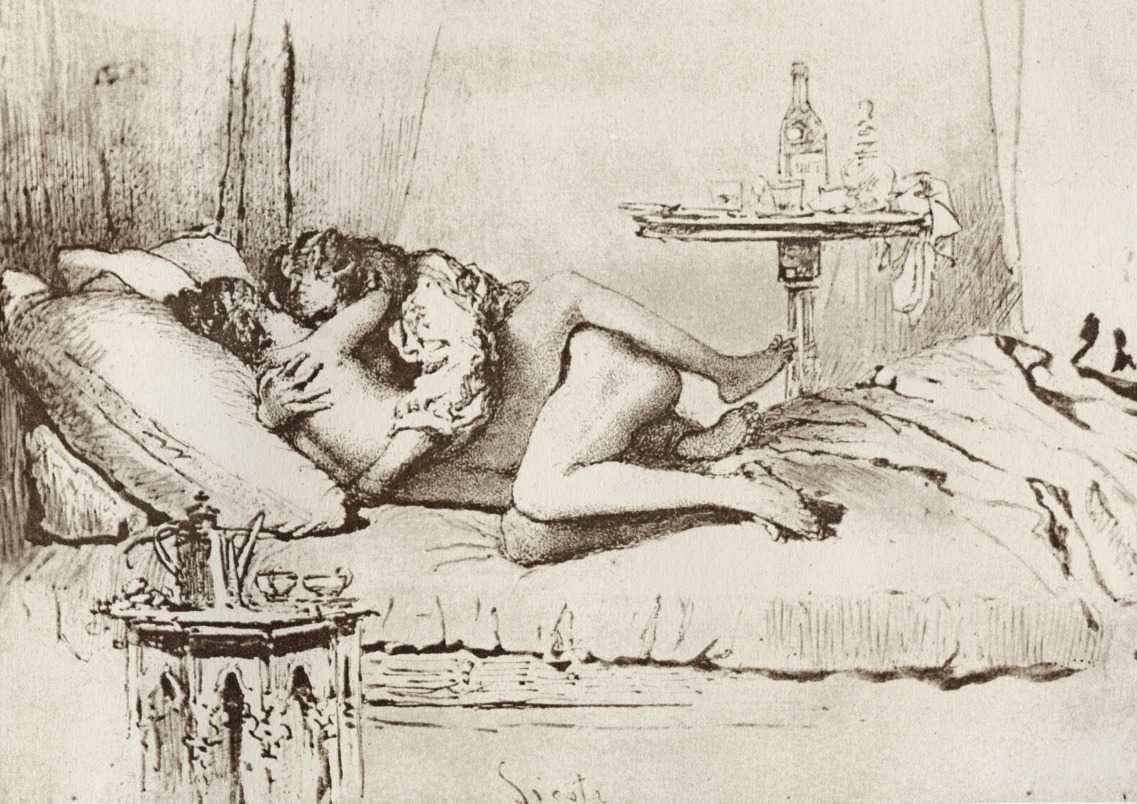
Fig. 20 “Side-by-side (missionary)”
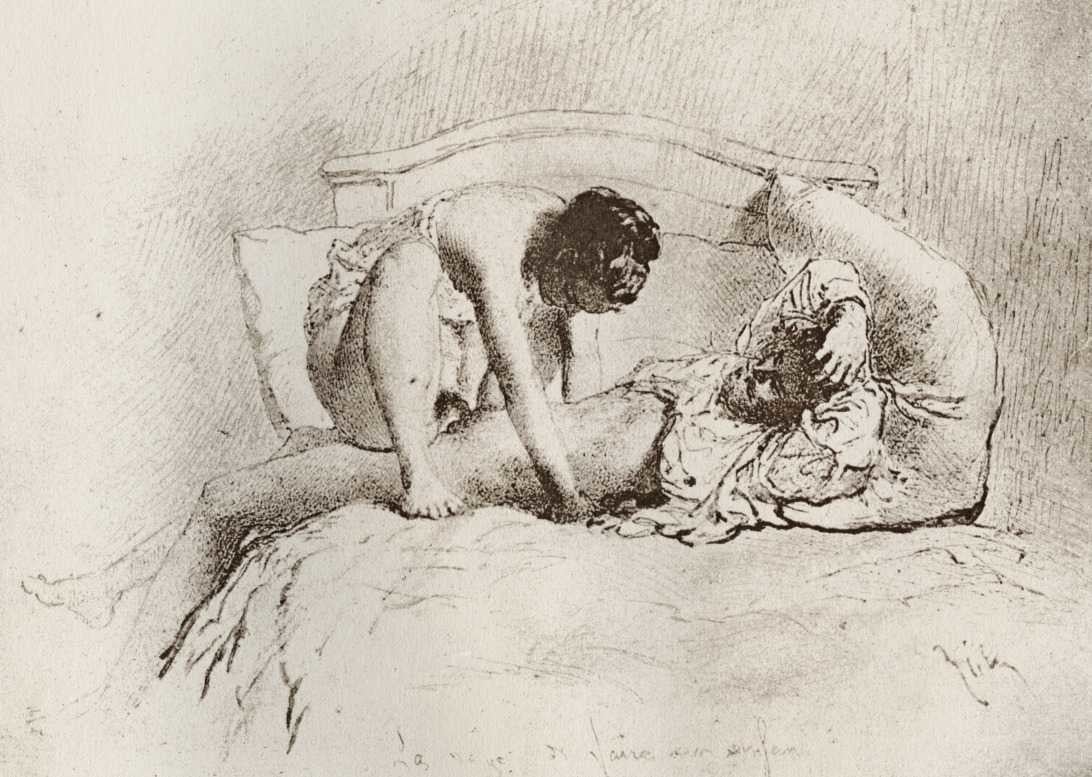
Fig. 21. “Cowgirl position”
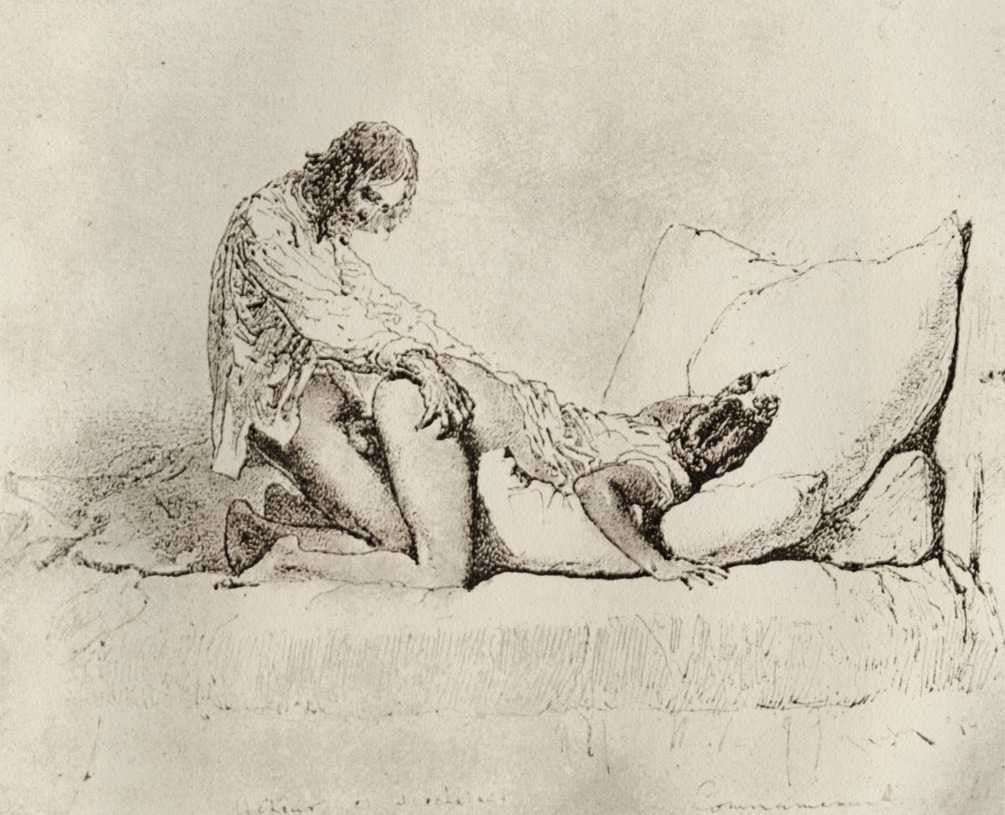
Fig. 22.

Fig.23.
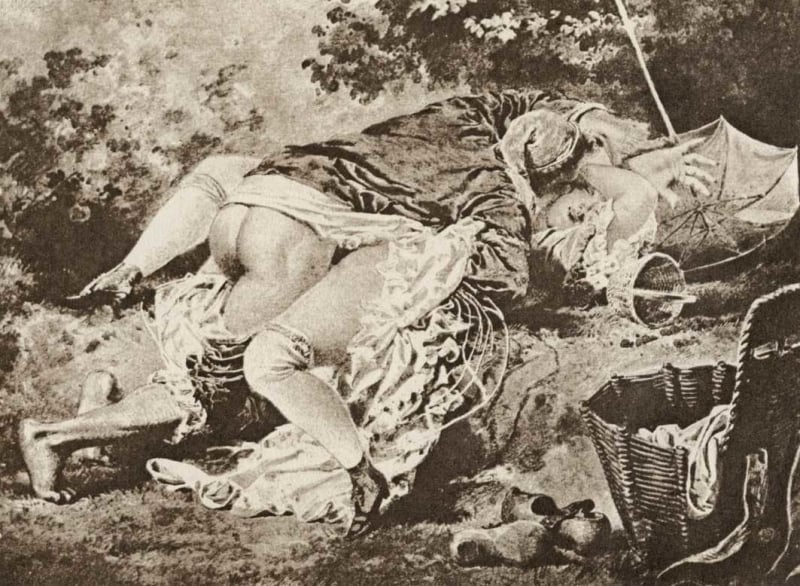
Fig.24.
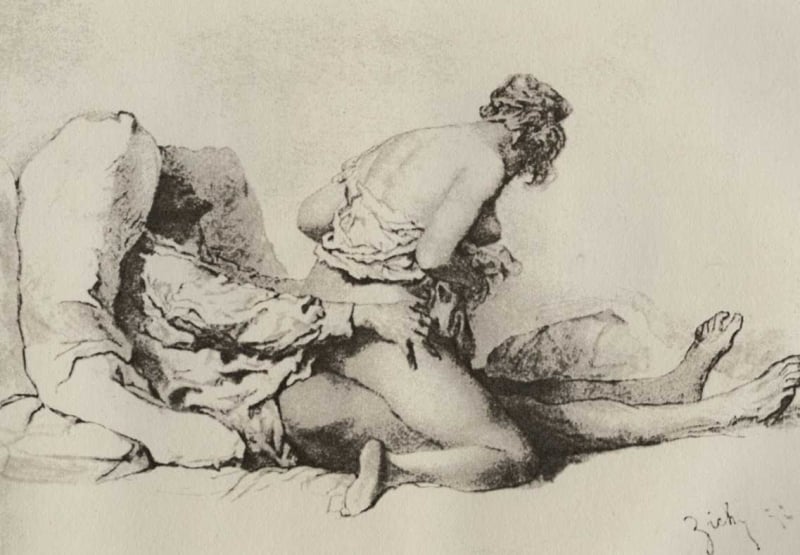
Fig.25.
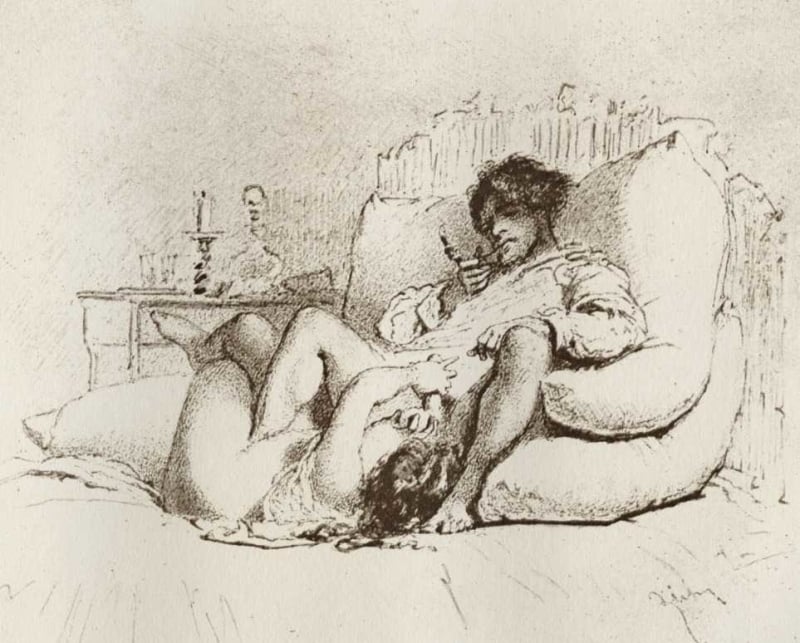
Fig.26.
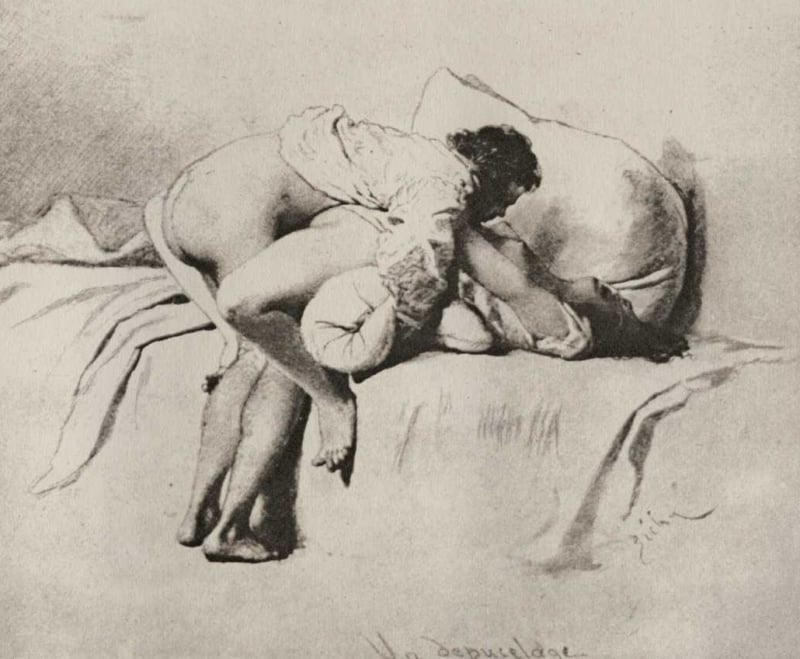
Fig.27.
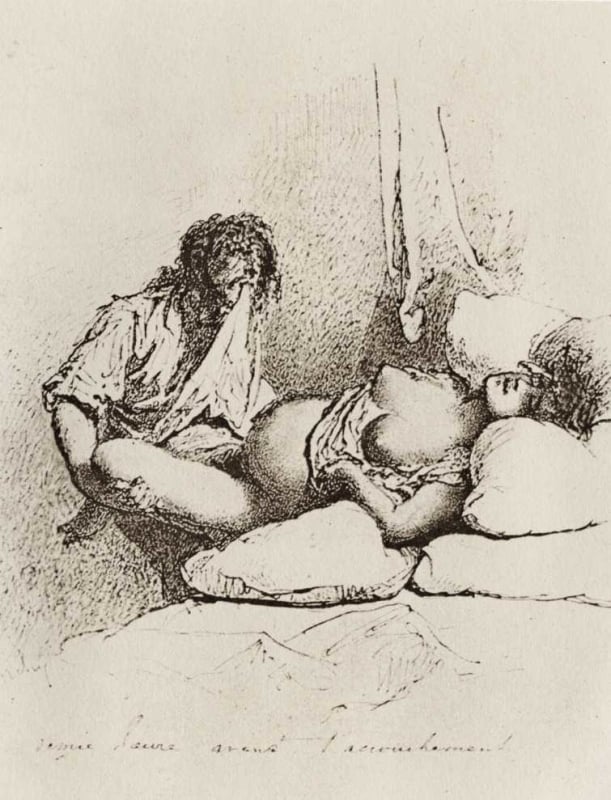
Fig.28.
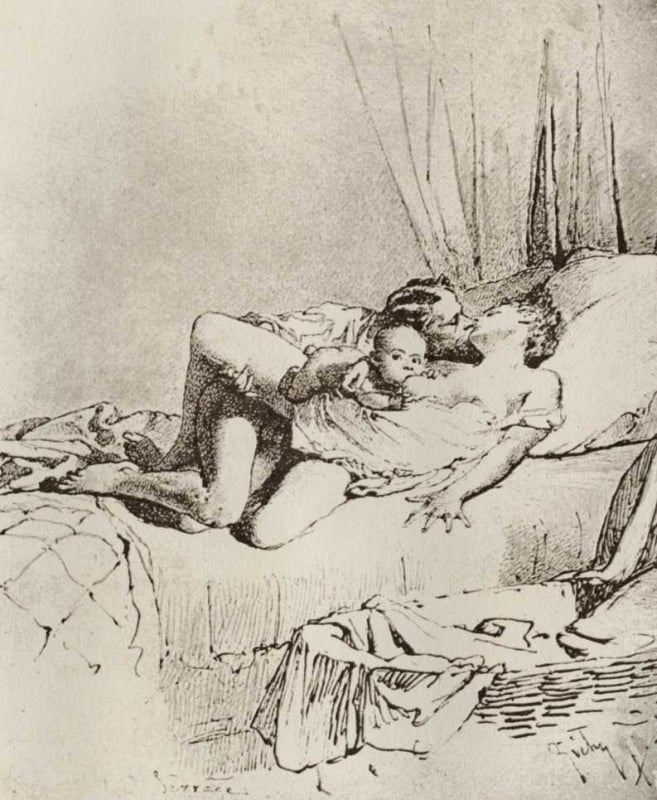
Fig.29.

Fig.30.
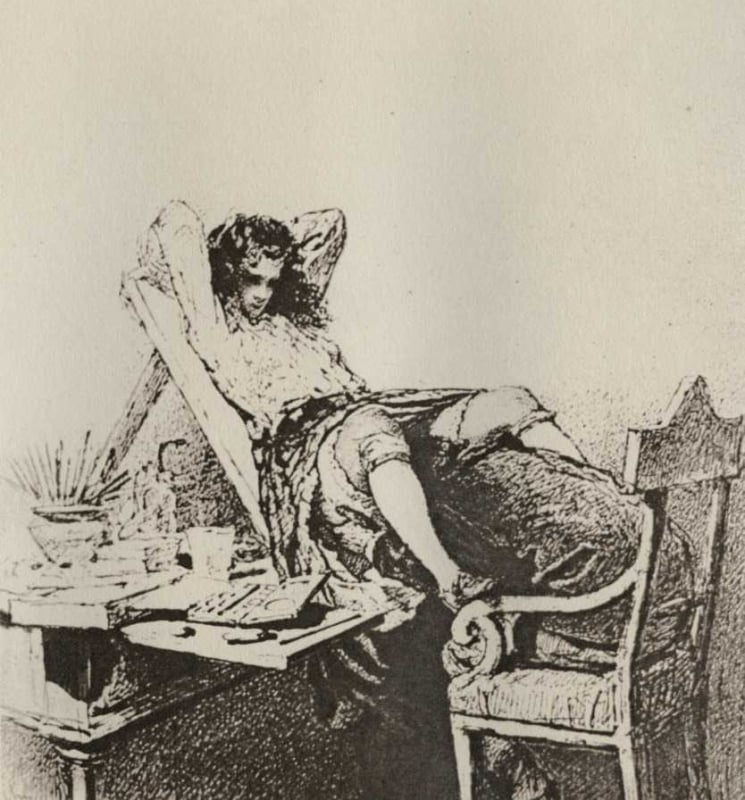
Fig.31.
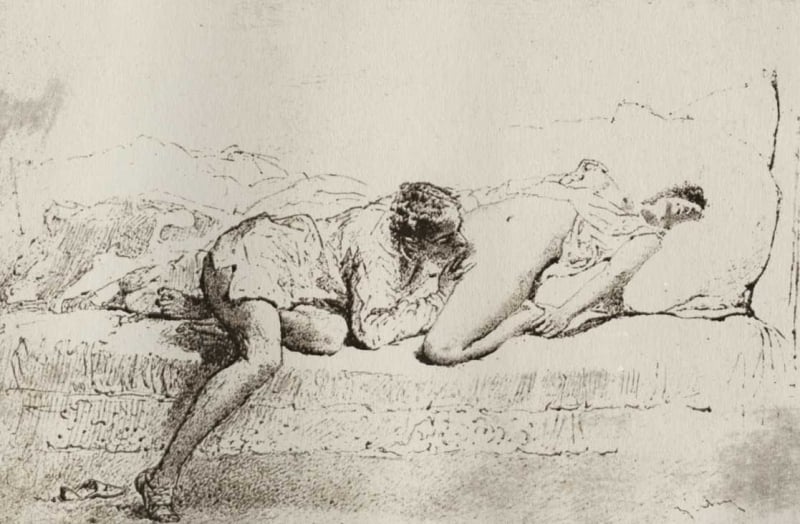
Fig.32.
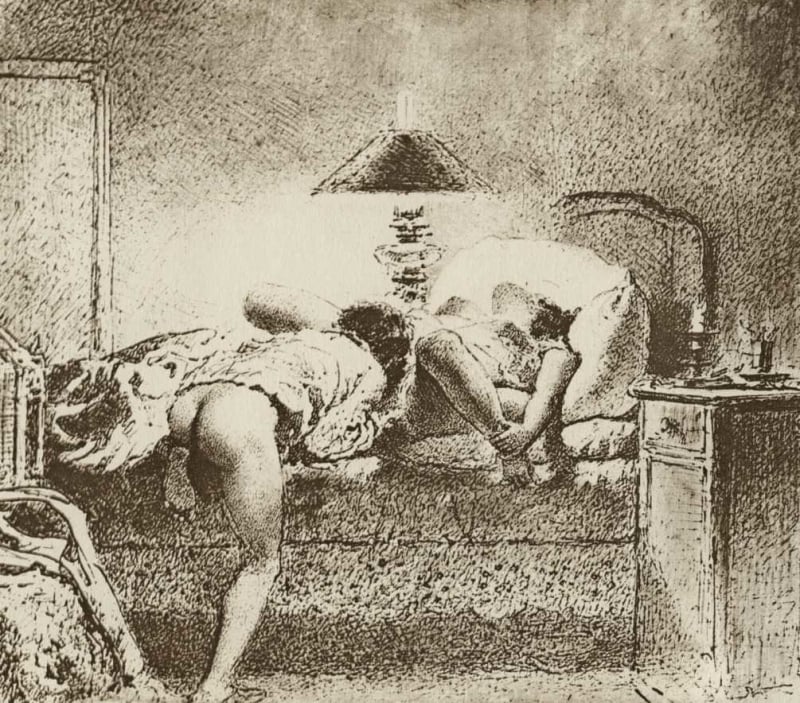
Fig.33.
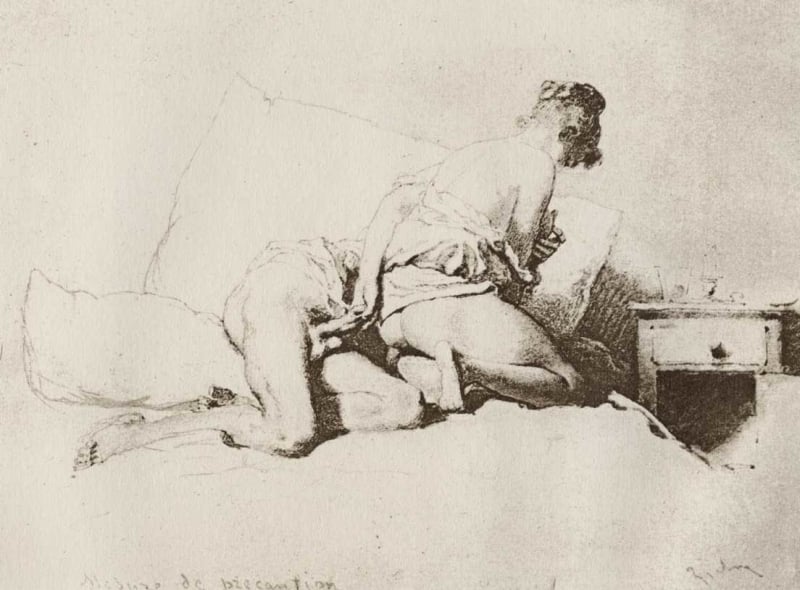
Fig.34.
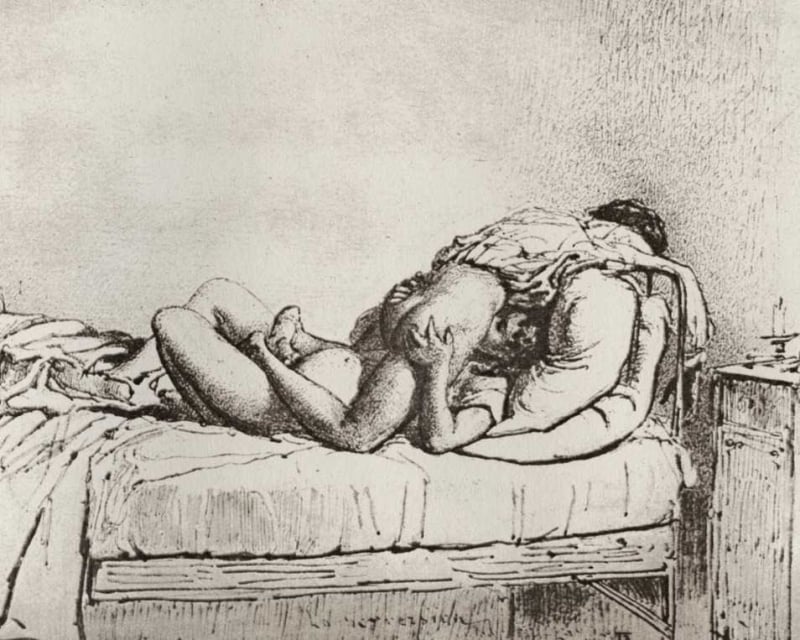
Fig.35.
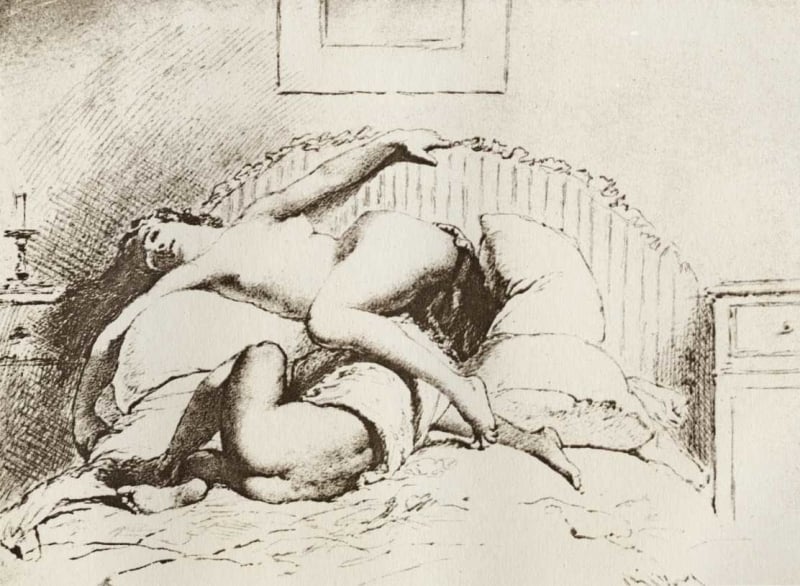
Fig.36.
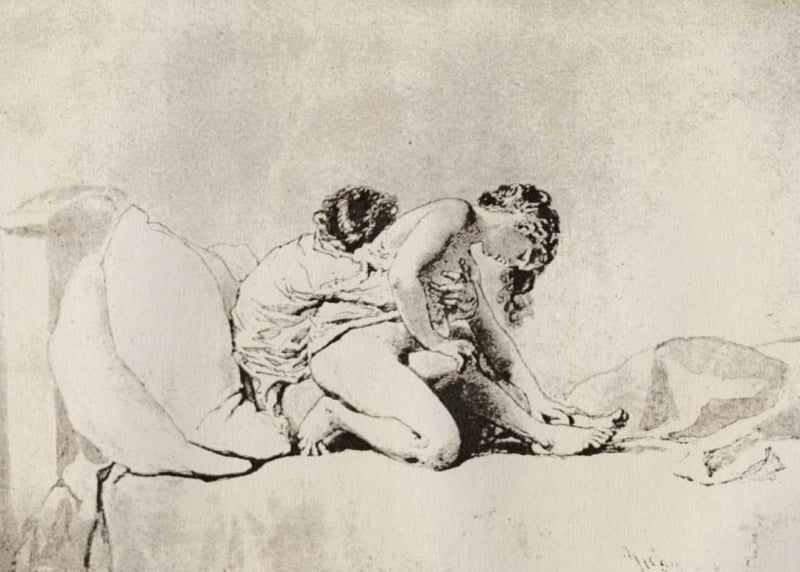
Fig.37.
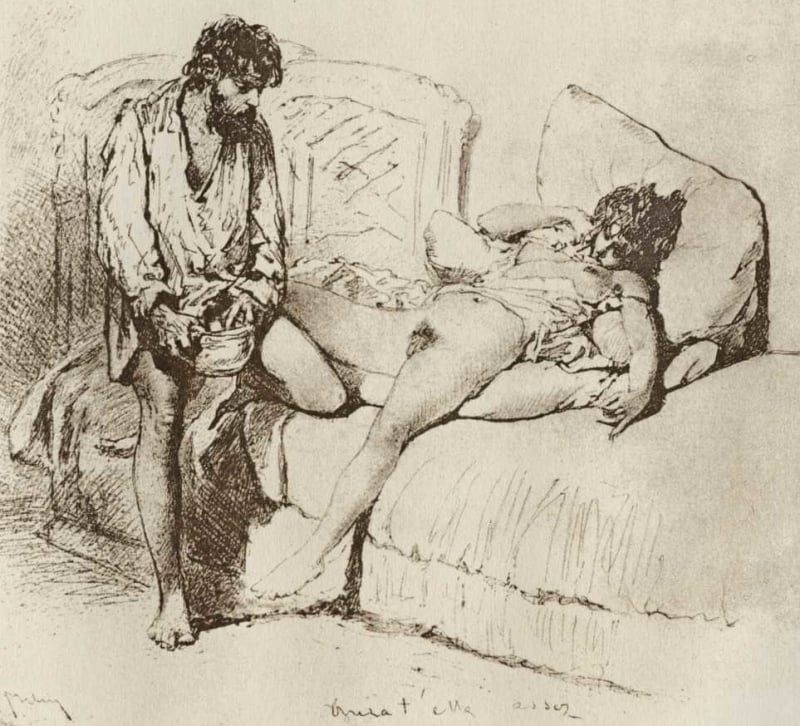
Fig.38.

Fig.39.
Click HERE for
